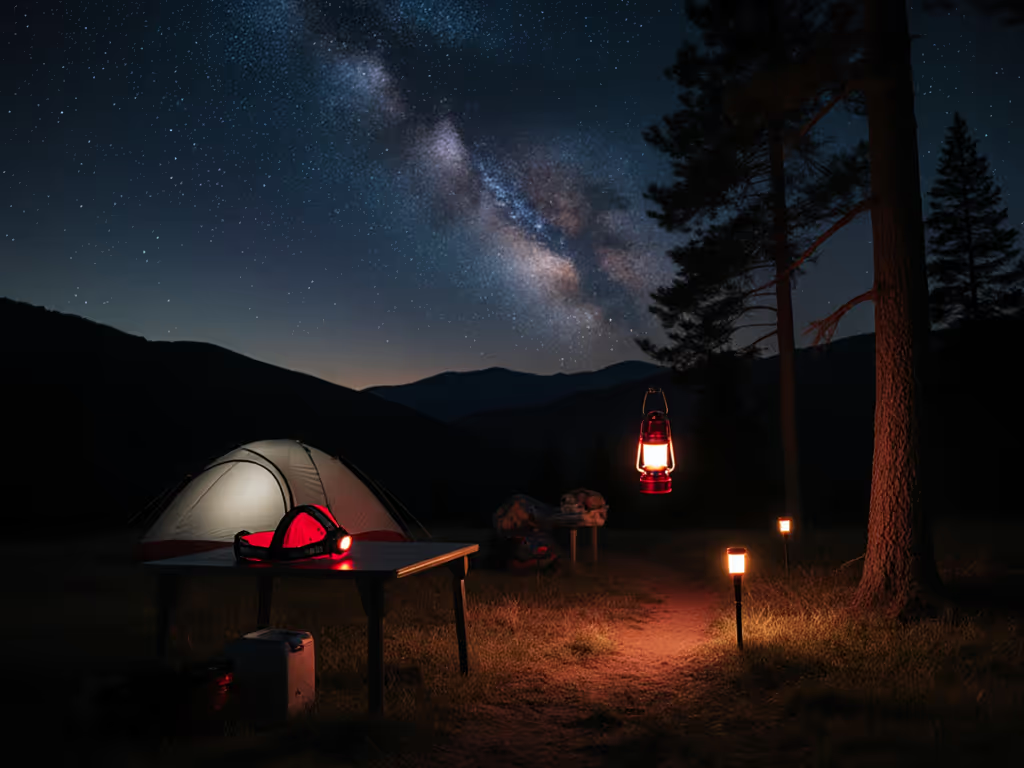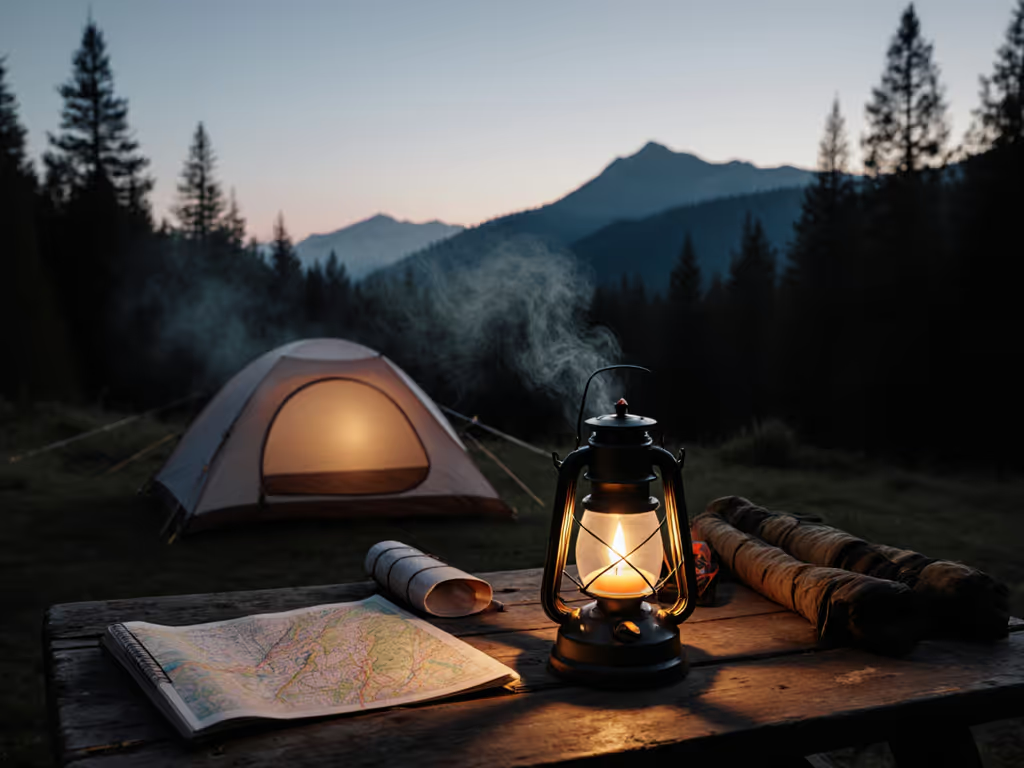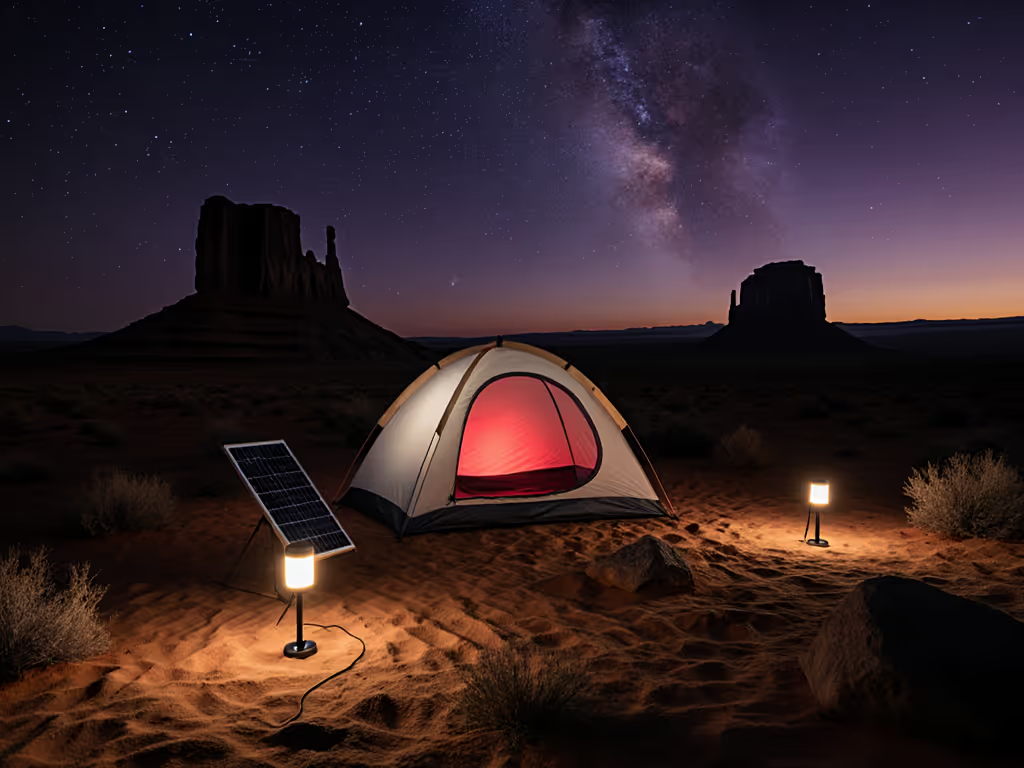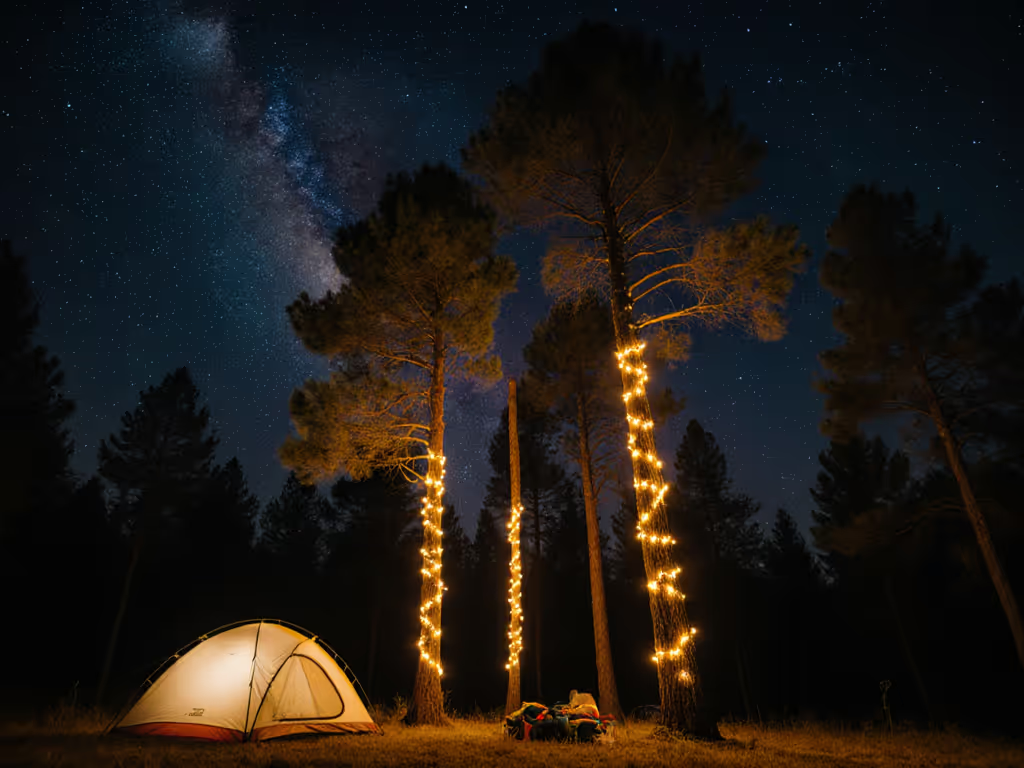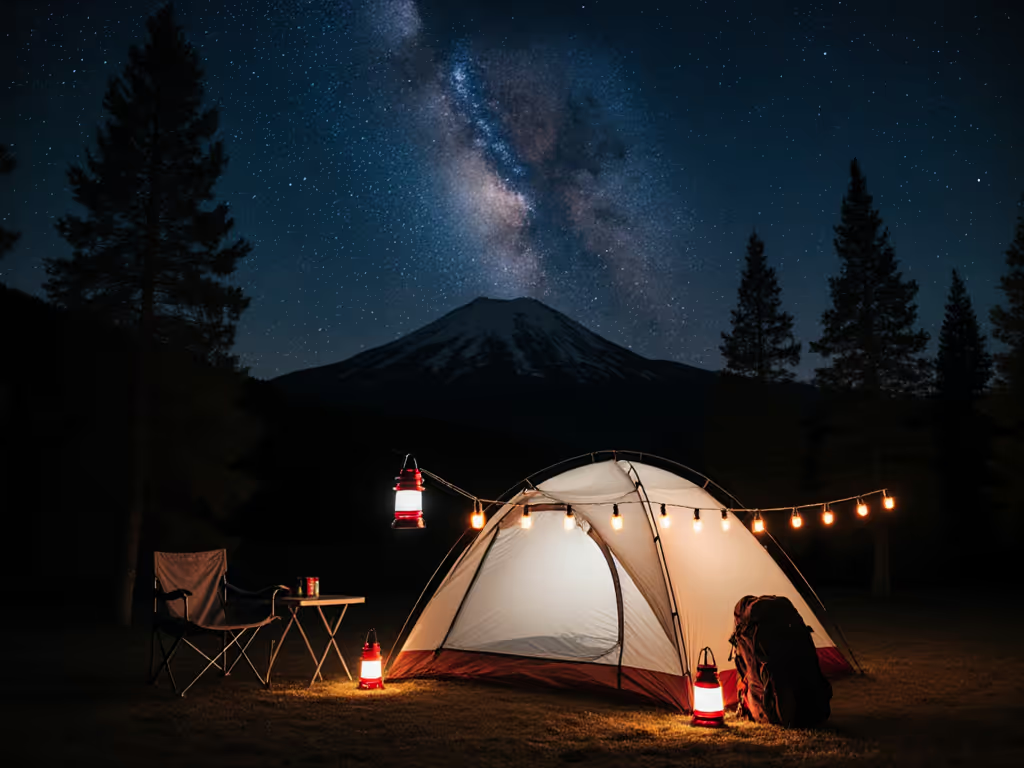
Camping Light CRI: Why Color Accuracy Matters Outdoors
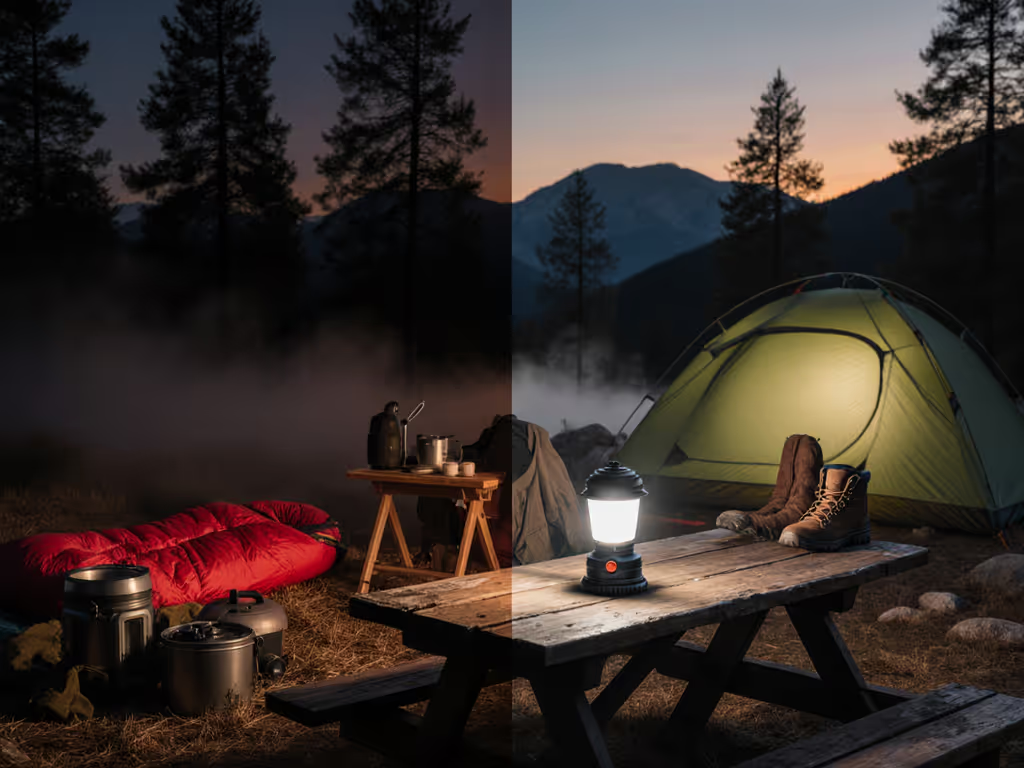
When selecting an LED camping light for your next adventure, the color rendering index your camping applications require shouldn't be an afterthought. While lumens and battery life dominate most gear discussions, the Color Rendering Index (CRI) quietly determines whether you'll confidently identify edible plants or mistake a rock for flat ground at twilight. If you're still sorting out brightness, see our lumens guide for camping. As a human-centered lighting designer who's optimized campsite environments from national parks to dark-sky preserves, I've seen how high-CRI lighting transforms outdoor experiences from functional to exceptional (without disturbing the night sky or your neighbors' sleep). Gentle light makes every voice easier to hear.
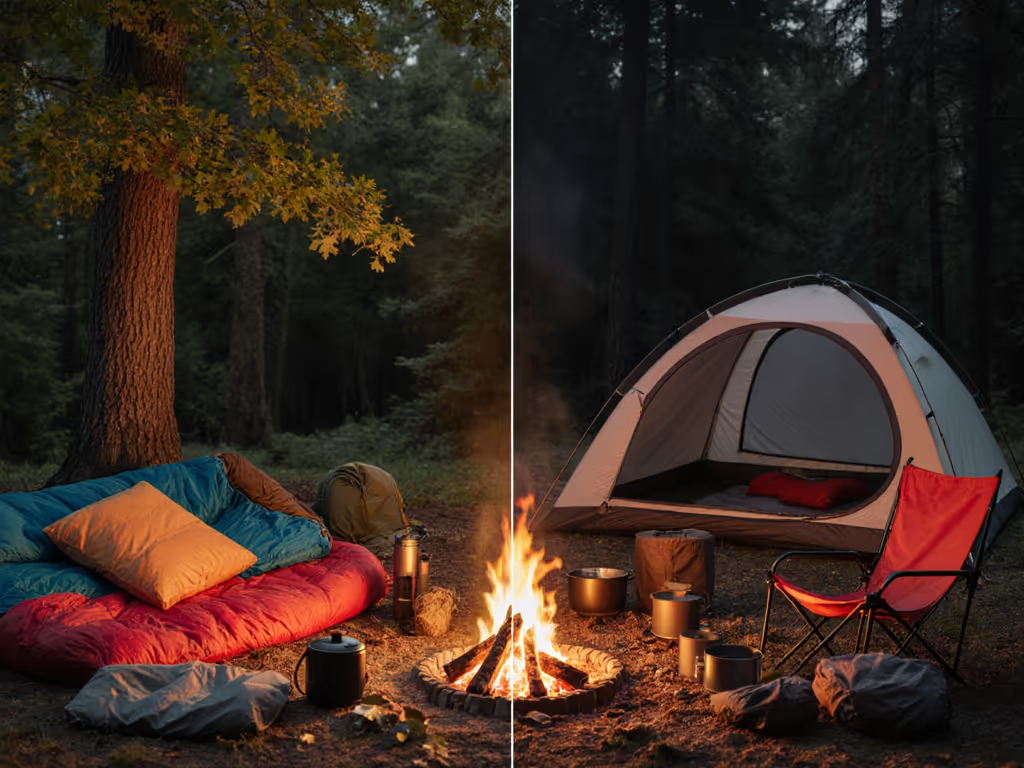
What Exactly Is Color Rendering Index (CRI) in Practical Camping Terms?
Color Rendering Index measures how accurately a light source reveals colors compared to natural daylight (which scores 100 on the CRI scale). This isn't just about aesthetics. It is spatial intelligence. When your lantern has a CRI below 80, red berries may appear brown, scrapes on skin look yellowish, and trail markers lose definition. At 90+ CRI, these critical distinctions become clear, supporting safety and comfort without requiring additional brightness.
Think of it as your night vision's precision tool: high-CRI lighting preserves your natural adaptation to darkness while enhancing color discrimination. This is why museums and medical facilities prioritize 95+ CRI lighting, because they understand that color accuracy prevents errors. For campers, this translates to correctly identifying first-aid kit contents, assessing food freshness, and reading topographic maps without straining. The science is clear: when your eyes don't struggle to interpret distorted colors, they maintain better low-light sensitivity (a crucial factor for protecting night vision during late-night bathroom trips).
What CRI Threshold Should Camping Gear Meet?
For most campsite applications, aim for camping light LED fixtures with CRI for outdoor use rated 90 or higher. While 80-85 CRI suffices for pathway lighting where color distinction matters less, critical tasks demand better:
- First aid & medical scenarios: 95+ CRI (identifying bruising, rashes, or medication instructions)
- Cooking & food prep: 90+ CRI (assessing meat doneness, vegetable freshness)
- Gear repair: 85+ CRI (spotting fabric tears, matching thread colors)
- Navigation: 80+ CRI (adequate for trail markers but higher improves rock/terrain differentiation)
The difference between 80 and 95 CRI is like comparing a smartphone photo taken in harsh midday sun versus golden hour: subtle tonal variations become visible. During a recent family trip near the Grand Staircase-Escalante, my partner avoided a potential reaction by correctly identifying a plant rash under our 95 CRI lantern, whereas our older 75 CRI headlamp had previously rendered similar skin conditions indistinguishably yellowish. This isn't theoretical; it's preventing unnecessary panic miles from help.
How Does CRI Interact With Warm Light Preferences?
Many campers wisely choose warm white LEDs (2700-3000K) to protect the pupil and maintain circadian rhythm, but assume warm light means poor color accuracy. This is a persistent myth. Modern high-CRI LEDs achieve both warm color temperatures and 90+ CRI through advanced phosphor blends (evidenced by independent lab tests from sources like the Lighting Research Center).
The key insight: high CRI depends on spectral completeness, not color temperature. A quality 2700K camping lantern with 95 CRI will render colors more accurately than a 5000K 'daylight' lamp with 80 CRI. This matters profoundly for camping color accuracy when you're trying to distinguish between similarly colored tent stakes or identify cloud formations at dusk. When manufacturers advertise 'warm light,' check specifically for CRI ratings, so don't assume correlation.
Which Campsite Tasks Benefit Most From High CRI?
Beyond safety-critical applications, high CRI elevates everyday camp moments through accurate color lighting:
- Social interaction: Reading facial expressions during storytelling (a fact confirmed by University of Oregon social dynamics research)
- Gear organization: Sorting multi-colored paracord or matching tent components
- Fishing: Identifying subtle lure colors that attract specific fish species
- Nature observation: Noticing mushroom varieties or lichen differences that cooler, lower-CRI lights obscure
During evening cooking, I've watched companions consistently under-season food under 75 CRI lighting: tomatoes appeared less vibrant, herbs looked duller, making it difficult to judge proper seasoning. Upgrade to 95 CRI, and suddenly everyone becomes a more confident chef. This isn't hype; it's human physiology responding to truthful visual information. That same night when the stars returned after we switched to appropriate lighting taught me something fundamental: when light serves perception rather than domination, the entire campsite breathes easier.
How Can You Verify Real-World CRI Performance?
Manufacturer claims require scrutiny. Many list 'CRI >80' but omit whether this refers to the general R1-R8 average (which ignores saturated reds) or extended R9-R15 values critical for skin tones and organic materials. Here's my field-tested verification method:
- Test with a color checker card (keep one in your repair kit)
- Compare under your light versus known daylight (photograph both)
- Focus on reds and greens - most camping-relevant failures occur here
The true test of natural light camping capability isn't a spec sheet; it is whether your lighting reveals the subtle gradient where a bruise meets healthy skin.
Brands specializing in human-centered design, like those prioritizing circadian-friendly outputs, often publish full spectral power distribution charts. These reveal more than CRI numbers alone: noticeable spikes in the 600-650nm range indicate better red rendering (measured as R9 value), essential for first aid.
Balancing CRI With Efficiency: Practical Tradeoffs
Some assume higher CRI means significantly reduced runtime, but modern LEDs have narrowed this gap. A quality 95 CRI 2700K LED typically uses only 10-15% more power than a standard 80 CRI equivalent at the same lumen output, which is negligible when compared to the safety benefits. To choose power sources that match your usage, compare rechargeable vs disposable lantern batteries. The real efficiency gain comes from using appropriately directed, lower-lumen high-CRI lighting instead of blasting overpowered cool-white beams that destroy night vision for everyone.
Consider this: a 200-lumen 95 CRI lantern properly shielded and diffused creates more usable task light than an unshielded 500-lumen 75 CRI model. Your eyes aren't fighting glare, so less total light achieves the same functional outcome. This approach aligns with the core principle that light should serve people and place, not dominate them.
Final Considerations for Conscious Campers
As you evaluate camping color accuracy needs, remember that high CRI works best when integrated with other thoughtful design elements: warm color temperatures (2700-3000K), proper shielding to prevent glare, and intuitive controls that minimize light disruption. The goal isn't perfect illumination; it is sufficient, truthful lighting that supports your activities while preserving the star-filled darkness others came to experience. To minimize light pollution and protect night vision, explore our guide to dark-sky-friendly camping lighting.
That night when adjusting our camp lighting transformed bedtime for our toddler wasn't about brightness, it was about spectral truth. When colors appear as they do in daylight, our visual system relaxes. Gentle light doesn't just illuminate; it communicates safety. This is why protecting the pupil through accurate color rendering matters as much as any technical specification.
Further Exploration: Test your current gear with a color checker card during twilight. Notice where distinctions blur; those are your critical upgrade points. For deeper understanding, consult the International Dark-Sky Association's guidelines on human-centric lighting for outdoor recreation, which validate how spectral accuracy supports both safety and environmental stewardship.

